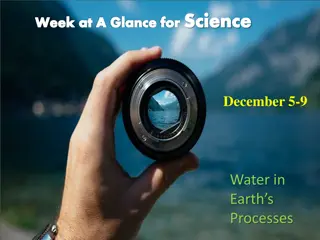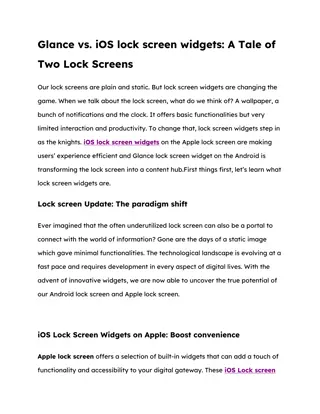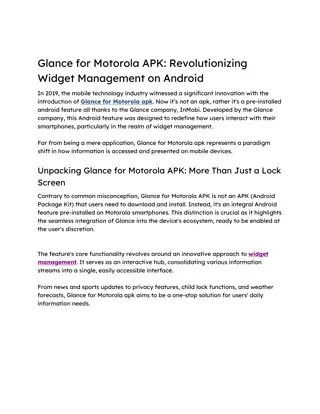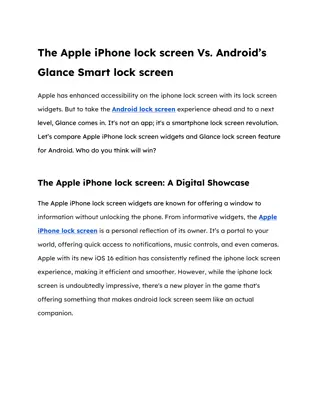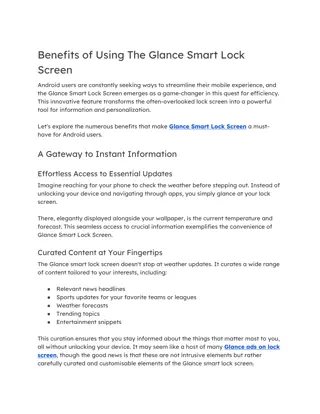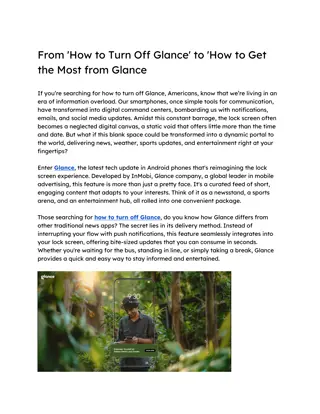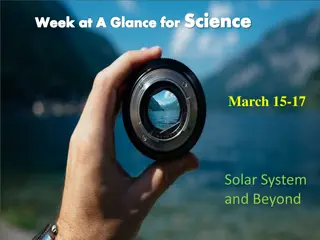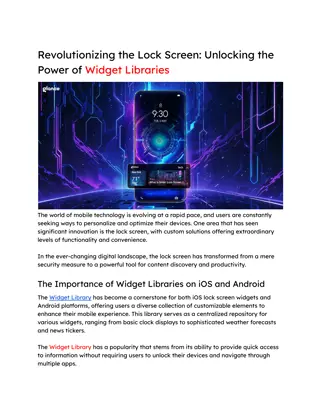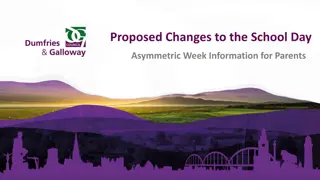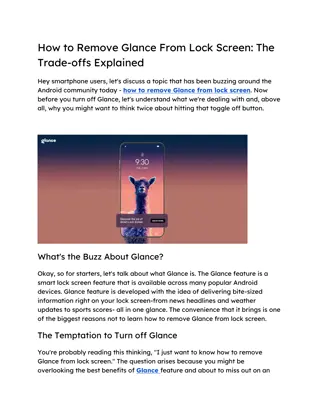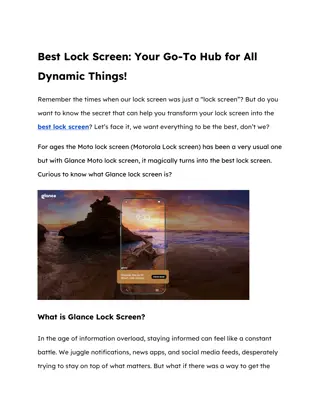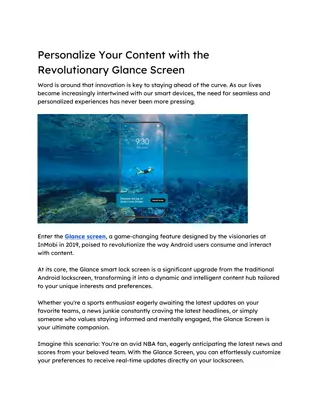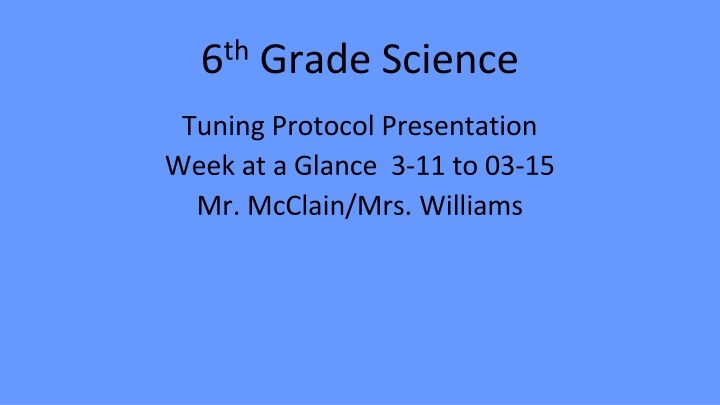
Science Protocol Presentation: Earth, Sun, and Weather Analysis
This presentation covers standards related to Earth's atmospheric layers, greenhouse gases, energy transfer from the sun, weather patterns, and climate effects. Students will engage in various activities such as creating PowerPoint presentations, conducting lab experiments, reviewing seasonal concepts, and learning about thunderstorms and weather fronts. Assessment will include evaluation questions and a PowerPoint project on seasons, weather, and climate for a test scheduled on Friday.
Download Presentation

Please find below an Image/Link to download the presentation.
The content on the website is provided AS IS for your information and personal use only. It may not be sold, licensed, or shared on other websites without obtaining consent from the author. If you encounter any issues during the download, it is possible that the publisher has removed the file from their server.
You are allowed to download the files provided on this website for personal or commercial use, subject to the condition that they are used lawfully. All files are the property of their respective owners.
The content on the website is provided AS IS for your information and personal use only. It may not be sold, licensed, or shared on other websites without obtaining consent from the author.
E N D
Presentation Transcript
6thGrade Science Tuning Protocol Presentation Week at a Glance 3-11 to 03-15 Mr. McClain/Mrs. Williams
Standards S6E2. Obtain, evaluate, and communicate information about the effects of the relative positions of the sun, Earth, and moon. S6E4. Obtain, evaluate, and communicate information about how the sun, land, and water affect climate and weather. a. Analyze and interpret data to compare and contrast the composition of Earth s atmospheric layers (including the ozone layer) and greenhouse gases. land and water at different rates. b. Plan and carry out an investigation to demonstrate how energy from the sun transfers heat to air, land and water at different rates. c. Compare and contrast the composition of Earth s atmospheric layers (including the ozone layer) and greenhouse gases. d. Construct an explanation of the relationship between air pressure, weather fronts, and air masses and meteorological events such as tornados and thunderstorms. e. Analyze and interpret weather data to explain the effects of moisture evaporating from the ocean on weather patterns and weather events such as hurricanes.
Learning Targets: I can explain how the tilt of the Earth's axis results in seasons. I can compare and contrast the composition of Earth's atmospheric layers and greenhouse gases. I can create a model to demonstrate the interaction between unequal heating and the rotation of the Earth that causes global and local wind systems I can demonstrate the relationship between air pressure, weather fronts, and air masses and meteorological events such as tornados and thunderstorms. I can analyze and interpret weather data to explain the effects of moisture evaporating from the ocean on weather patterns and weather events such as hurricanes.
Instructional Activities * Activities are subject to change based on the pace of the students Activity 1 Students will work in pairs to create a PowerPoint on weather and climate Activity 2 Students will complete a Lab Activity on Air Pressure, static electricity. Activity 3 Students will complete a series if review questions about Seasons, earth s atmosphere, and weather and climate Activity 4 Students will view and take notes on a Power point on the Thunderstorms. Activity 5 Students will make foldable on Weather fronts.
Assessment Summary from Brain pop Thunderstorms Evaluation Questions from the lab Comparison chart Questions/Feedback Evaluation questions from Lab launch (Textbook p.377) Students will complete a PowerPoint of 7 slides on Seasons, weather and climate Earth s atmosphere Students will have a test on Fri ch 18, 11, 12


